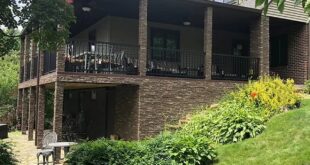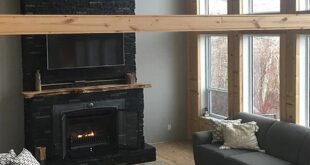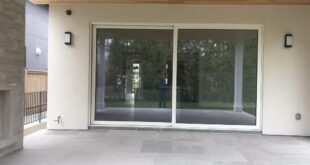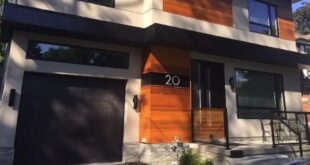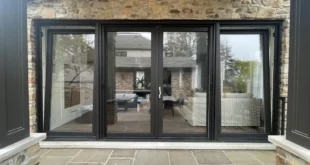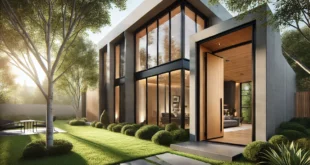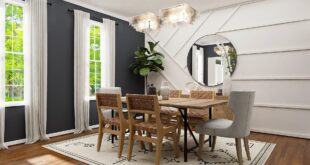There is much talk in recent years about energy saving, environmentally friendly way of life and environmental protection. The fact is that social habit for saving energy must prevail in our lives, because energy products become more expensive and unfortunately are running low. There is an upward trend in the prices of “basic” energy – electricity, gas and water. Cheap energy is about to become a tale of the past, as the price of oil products has risen to a record of high level, which creates pressure for social transformation towards a green economy. Tightening global supplies of non-renewable energy sources such as crude oil, make us to head towards more energy saving and environmental protection.
The beginning of energy-efficient homes is placed in Germany 20 years ago. In Darmstadt, Dr. Wolfgang Faist founded his institute of the passive house. For 20 years of improvements of this technology, the institute has done enormous research work. Tested are factors which affect the insulating, both during construction and during operation of the house. The knowledge accumulated over the years for passive house allowed it to become popular and desirable for home, not only in his home country Germany, but also worldwide.
The most advanced structures and materials for heating and plumbing are used for building a passive house. New and advanced equipment is applied during the contructions. Nowadays, passive house is synonymous with modern home, judging by the level of comfort, power consumption and indoor climate in the rooms.
Each passive house automatically maintain a comfortable temperature and humidity as the air around meets the standard EU7. Upon entering into a passive house, a man tangibly feels comfort – fresh, clean and warm air, warm floors and warm walls. At the heart of every construction of a passive house is the high level of tightness and increased thermal insulation, many times used in traditional construction today. The effect of the accumulation of heat and energy of the sun and the earth’s soil used, allows the person to feel close to nature as nowhere else so far. Ventilation in passive house is compulsory – with air purification.
This home needs only 10 kW electricity and water supply to have hot water, heating, air conditioning and ventilation. The annual heat loss in a passive house is 15-20 kW per square meter. During the winter when the outside temperature is below -10 degrees passive house cools down just 1 degree to about 24 hours, which is really amazing.
The comfort, offered by a Passive House is extremely healthy and helps extend the life of its residents. Since almost half of our entire lives we spend at home, this fact is very important.
Passive houses are very popular in Europe, having a favorable effect on people suffering from severe allergies. In them, they feel extremely well. Allergies are a major health problem in modern life and difficult to treat and is easily triggered by various environmental factors. In the passive house, these factors are minimized or non-existent.
Passive house – this is undoubtedly the home of the future.
We must ask, however, whether the price is affordable. The price of this comfort is not small, but considering that one day our descendants will be grateful, it’s worth it. Not long after it is paid.
 Happy at Home Family Problems & Solutions | Home & Health Tips
Happy at Home Family Problems & Solutions | Home & Health Tips

